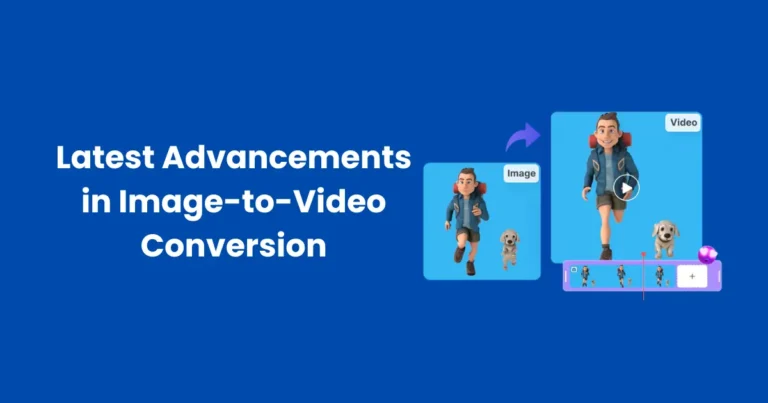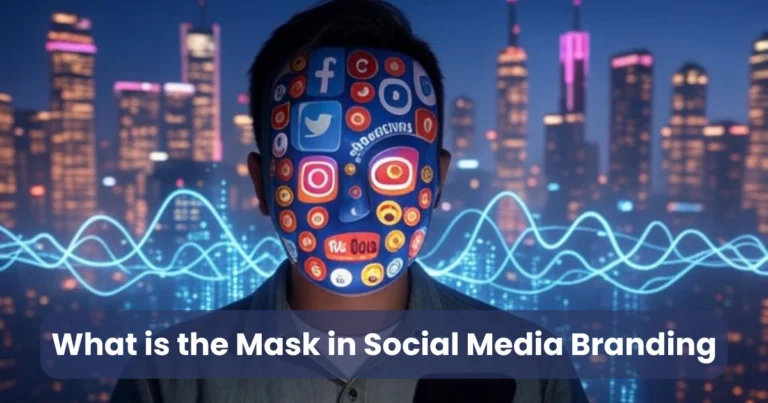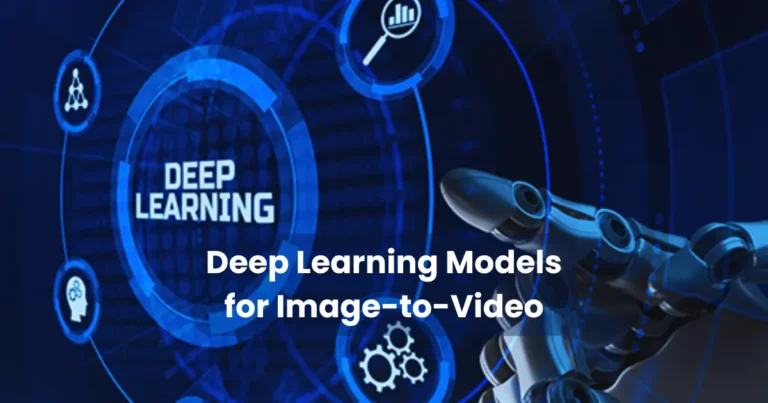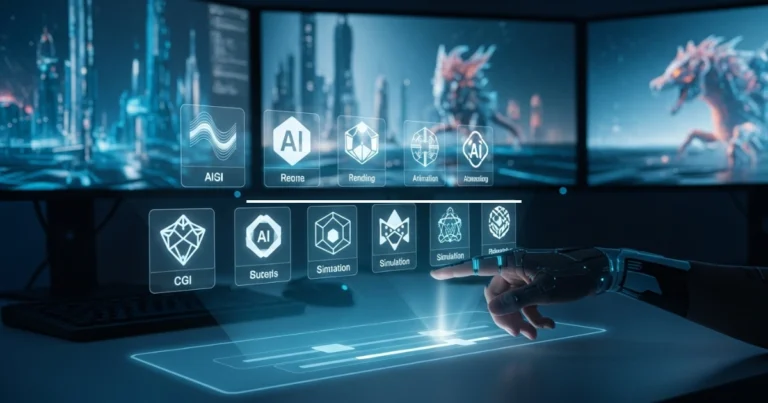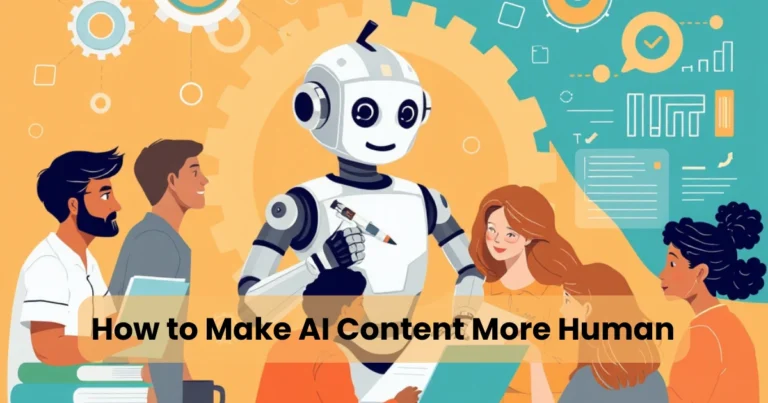Cutting-Edge Image-to-Video Research: Ultimate Guide
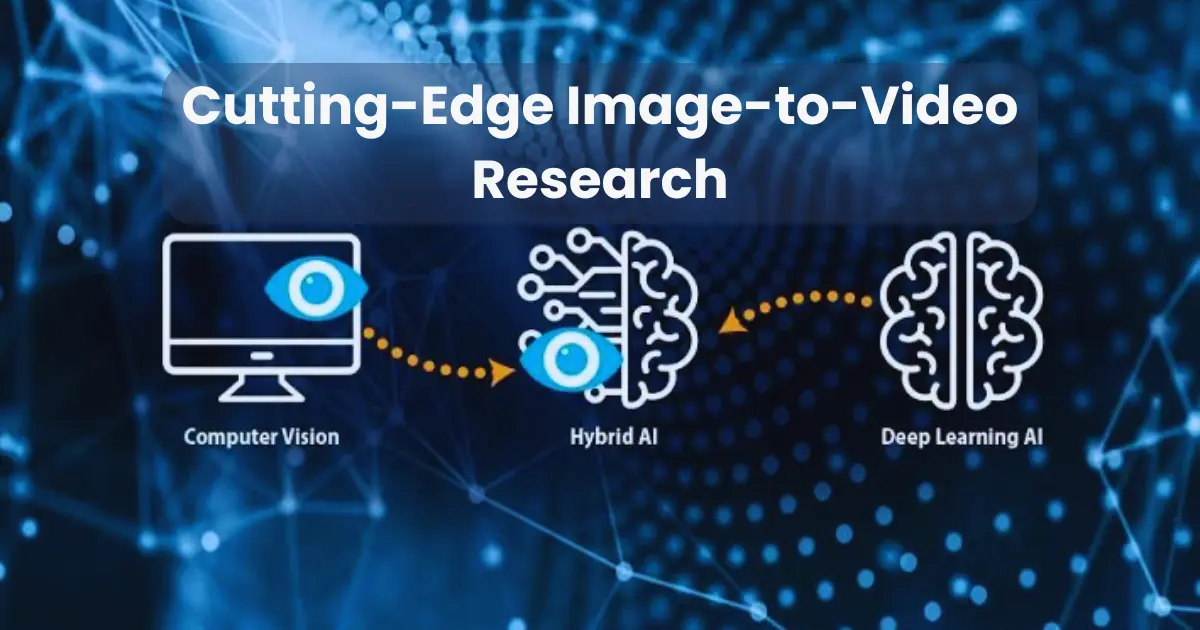
Contents
Cutting-edge image-to-video research is transforming how static images evolve into dynamic motion. With advancements in artificial intelligence and deep learning, this field is revolutionizing content creation, allowing AI-powered models to generate realistic video sequences from a single image. As demand for high-quality visual storytelling grows, cutting-edge image-to-video research is pushing technological boundaries, enabling seamless transitions between images and videos.
Importance in Modern Media and Technology
The influence of cutting-edge image-to-video research extends across multiple industries. From enhancing film production to automating animation, this technology saves time and resources while improving visual quality. Social media platforms leverage AI-driven image-to-video tools for engaging content, while gaming and virtual reality (VR) benefit from more lifelike character animations. Furthermore, medical imaging and scientific simulations use this research to develop realistic motion-based visualizations, advancing diagnostics and research methodologies.
As innovation accelerates, cutting-edge image will continue shaping the future of digital media, making AI-driven video generation more efficient, accessible, and realistic than ever before.
The Evolution of Image-to-Video Technology
From Early Experiments to AI-Powered Innovations
The journey of cutting-edge image-to-video research began with simple frame interpolation techniques. Early methods relied on manually creating transitional frames between static images, a labor-intensive process that limited scalability. As computational power improved, algorithms were developed to estimate motion, allowing smoother transitions. However, these early models lacked realism, often producing unnatural distortions.

With the rise of machine learning, image-to-video technology took a significant leap forward. Convolutional Neural Networks (CNNs) and Generative Adversarial Networks (GANs) introduced automation, enabling AI-driven models to predict motion patterns more accurately. Instead of manually designing transitions, these models learned from vast datasets, significantly improving video quality and realism.
Milestones in the Field
Several key advancements have shaped the evolution of image-to-video technology:
- Optical Flow Algorithms (1990s-2000s): These early techniques estimated motion by analyzing pixel shifts between consecutive images. While effective, they struggled with complex textures and lighting variations.
- Machine Learning-Based Motion Prediction (2010s): The introduction of deep learning models allowed AI to infer motion dynamics from large datasets, enhancing video generation accuracy.
- GANs and Transformers in Video Synthesis (2020s): Recent breakthroughs in AI, including GAN-based architectures and transformer models, have enabled more lifelike motion generation with minimal input. These advancements have propelled cutting-edge image-to-video research into real-time applications.
How Cutting-Edge Image-to-Video Research Works
AI and Deep Learning in Image-to-Video Conversion
At the core of cutting-edge image-to-video research lies artificial intelligence and deep learning. Traditional approaches relied on manually interpolating frames, but AI-driven models now automate motion prediction, making video generation more efficient and realistic. By training on vast datasets, deep learning models learn motion dynamics, enabling them to synthesize fluid video sequences from static images.

Modern AI-powered image-to-video systems use deep neural networks to analyze patterns, textures, and structures within an image. These networks predict how objects would move naturally, ensuring smooth and visually coherent transitions. Through iterative learning, AI refines its predictions, reducing motion artifacts and improving realism.
Role of Neural Networks and Generative Adversarial Networks (GANs)
Cutting-edge image-to-video research relies on advanced neural architectures, including:
- Convolutional Neural Networks (CNNs): These networks extract spatial features from images, helping AI understand object relationships and textures.
- Recurrent Neural Networks (RNNs) and Transformers: RNNs process temporal dependencies, making them useful for predicting sequential motion. More recently, transformer-based models have outperformed RNNs by capturing long-range dependencies efficiently.
- Generative Adversarial Networks (GANs): GANs are pivotal in cutting-edge image-to-video research. They consist of two competing neural networks—a generator that synthesizes video frames and a discriminator that evaluates their realism. Through continuous training, GANs produce highly realistic motion sequences with minimal distortions.
By leveraging these AI-driven technologies, cutting-edge image-to-video research is enabling smoother, more natural motion synthesis, bringing static images to life like never before.
Key Applications of Image-to-Video Research

Film and Animation Industry
Cutting-edge image-to-video research is revolutionizing the film and animation industry by reducing the time and effort required for video production. AI-driven image-to-video models generate fluid motion from static images, assisting animators in creating lifelike character movements and background transitions. This technology also helps filmmakers restore old footage by interpolating missing frames, enhancing video quality for remastered releases.
Social Media Content Creation
With the rise of short-form video content, it is empowering social media creators with AI-powered tools. Platforms like Instagram, TikTok, and YouTube Shorts use AI-driven image-to-video conversion to transform still photos into engaging animated clips. This allows users to produce visually dynamic content without extensive video editing skills, increasing accessibility and creativity.
Medical and Scientific Visualization
In the medical field, cutting-edge image-to-video research is improving diagnostic techniques by generating motion-based visualizations from medical images such as X-rays, MRIs, and CT scans. This technology helps doctors analyze disease progression, simulate surgical procedures, and create educational animations for medical students. Similarly, scientific researchers use AI-powered image-to-video models to visualize complex processes, such as molecular interactions and climate patterns.
Gaming and Virtual Reality (VR)
The gaming and VR industries benefit significantly from cutting-edge image-to-video research. AI-generated motion sequences enhance character animations, making them more lifelike and responsive. Additionally, image-to-video models enable real-time scene generation, improving immersive experiences in virtual environments. By leveraging AI, developers can create realistic motion effects with minimal manual intervention, optimizing workflow efficiency.
Challenges in Image-to-Video Research

Computational Costs and Hardware Limitations
Cutting-edge image-to-video research relies on advanced deep learning models, which demand substantial computational power. Training AI models for realistic motion synthesis requires high-performance GPUs, large datasets, and cloud computing resources. These hardware requirements increase costs, limiting accessibility for smaller companies and independent creators. Furthermore, real-time image-to-video conversion remains a challenge due to the intensive processing needed for high-resolution outputs.
Maintaining Realism and Fluidity in Motion
One of the biggest obstacles in cutting-edge image-to-video research is ensuring smooth and natural motion generation. AI models often struggle with complex dynamics such as occlusions, lighting variations, and perspective shifts. When predictions fail, motion artifacts like blurring, jittering, or unnatural deformations appear, reducing video quality. To address these issues, researchers continuously refine neural network architectures and enhance training datasets.
Ethical Concerns and Misinformation
As AI-generated videos become more realistic, ethical concerns surrounding deepfake technology and misinformation arise. Malicious actors can misuse cutting-edge image-to-video research to create deceptive content, such as manipulated political footage or fake news. Additionally, unauthorized use of AI-generated videos raises copyright and intellectual property concerns. To mitigate these risks, researchers and policymakers must implement strict guidelines and AI detection mechanisms.
Despite these challenges, it continues to advance, with ongoing improvements in AI models, computational efficiency, and ethical safeguards. As technology evolves, overcoming these obstacles will pave the way for more reliable and responsible applications.
Recent Breakthroughs in Image-to-Video Research
AI Models Pushing Boundaries
Cutting-edge image-to-video research has seen remarkable advancements due to the rapid evolution of AI models. Recent breakthroughs in deep learning architectures, particularly Generative Adversarial Networks (GANs) and Diffusion Models, have significantly improved motion synthesis. These models now generate more realistic and fluid animations, reducing motion distortions and artifacts that previously plagued AI-generated videos.
One of the most notable innovations is zero-shot image-to-video generation, where AI models create high-quality video sequences without requiring large amounts of training data. This advancement enables AI to generate dynamic content from a single image, making the technology more accessible to industries such as media, gaming, and education.
Real-Time Image-to-Video Conversion
Another major breakthrough in cutting-edge image-to-video research is real-time video synthesis. AI-powered models can now process and animate static images instantaneously, paving the way for live video applications. These advancements have led to improvements in video conferencing, augmented reality (AR), and virtual reality (VR), where real-time animation enhances user interactions.
Additionally, neural rendering techniques have contributed to high-quality video outputs by refining details such as lighting, texture, and depth perception. These improvements help AI-generated videos blend seamlessly with real-world footage, making the technology suitable for professional film production and high-end digital content creation.
As cutting-edge image continues to progress, AI models are becoming more efficient, scalable, and capable of producing hyper-realistic animations. These breakthroughs are pushing the boundaries of creativity, redefining how images are transformed into immersive video experiences.
The Future of Cutting-Edge Image-to-Video Research

Advancements in AI and Machine Learning
As AI continues to evolve, cutting-edge image-to-video research is expected to become even more sophisticated. Future advancements in transformer-based architectures and self-supervised learning will enable AI to generate higher-quality videos with minimal training data. By improving motion prediction and reducing artifacts, these developments will make AI-driven video synthesis more reliable and realistic.
Additionally, the integration of multimodal AI models, such as OpenAI’s GPT-based vision models and Meta’s generative frameworks, will enhance the ability to generate video from textual descriptions and static images. This will further streamline content creation in media, advertising, and gaming industries.
Widespread Adoption in Various Industries
The applications of cutting-edge image-to-video research will expand across multiple industries, including:
- Entertainment and Gaming: AI-generated animations will revolutionize film production, reducing costs and enabling faster content generation. Game developers will use AI-driven video synthesis to create dynamic environments and lifelike character animations.
- Education and Training: AI-powered video creation will enhance e-learning platforms by generating animated instructional videos from simple illustrations, making education more engaging and interactive.
- Healthcare and Science: The medical field will leverage AI-generated video models for real-time medical imaging, improving diagnostics and surgical simulations. Scientists will use AI-driven motion synthesis to visualize complex biological and chemical processes.
Ethical AI Development and Regulation
As cutting-edge image-to-video research advances, ethical considerations will become increasingly important. To prevent misuse, future AI models will incorporate built-in content authentication tools, ensuring transparency and reducing the spread of misinformation. Researchers and policymakers will collaborate to establish ethical guidelines for AI-generated videos, focusing on copyright protection, data privacy, and responsible AI usage.
Hyper-Realistic AI-Generated Videos
With the continuous refinement of deep learning models, AI-generated videos will eventually achieve photorealistic quality, making it nearly impossible to distinguish them from real footage. Future research will focus on improving real-time rendering, interactive video synthesis, and AI-driven storytelling, transforming the way digital content is produced and consumed.
Cutting-edge image-to-video research is poised to redefine creative industries, scientific advancements, and digital communication. As AI technology progresses, its impact on video generation will continue to grow, unlocking limitless possibilities for the future of visual storytelling.
Conclusion
Cutting-edge image-to-video research is transforming the way static images are brought to life. Through advancements in deep learning, neural networks, and AI-driven models, video synthesis has become more realistic, efficient, and accessible across various industries. From filmmaking and gaming to healthcare and education, AI-powered video generation is revolutionizing content creation and visualization.
Despite challenges such as high computational costs, motion artifacts, and ethical concerns, continuous breakthroughs in AI models are addressing these limitations. Real-time image-to-video conversion, multimodal AI integration, and hyper-realistic animations are pushing the boundaries of what is possible.
As research progresses, the future of cutting-edge image-to-video technology promises even more innovation, offering new opportunities for businesses, creators, and researchers. With responsible AI development and ethical regulations in place, this field will continue to shape the future of digital storytelling and visual communication.

